Who eats pepper in the greenhouse and what to do?
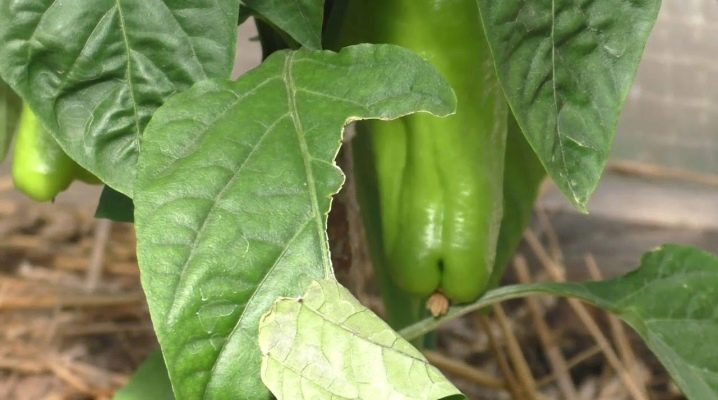
Leaky pepper leaves are a fairly common situation in greenhouses. This is due to pests that gnaw the foliage, causing irreparable damage to it. The types of these pests, methods of dealing with them will be discussed in the article.
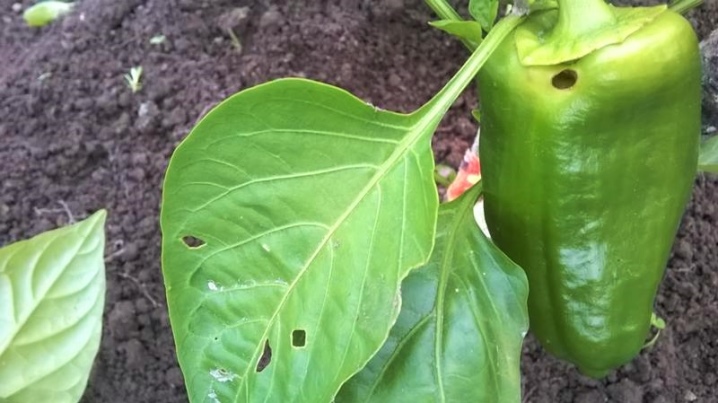
Pest overview
There are several parasites capable of eating peppers in a greenhouse. Let's list them.
-
Slugs. They love humidity and darkness, so it's almost impossible to meet them during the day. However, the presence of a pest can be determined accurately, because it leaves behind sticky stripes. Slugs are very fond of eating sweet bell peppers, leaving holes in the leaf plates.

- Shield. These are very small insects that parasitize the foliage and fruits of the pepper. If there are a lot of insects, then you can see them with the naked eye, because the larvae cover the leaf plate with a dense layer. Such insects are also dangerous for their ability to spread the fungus.
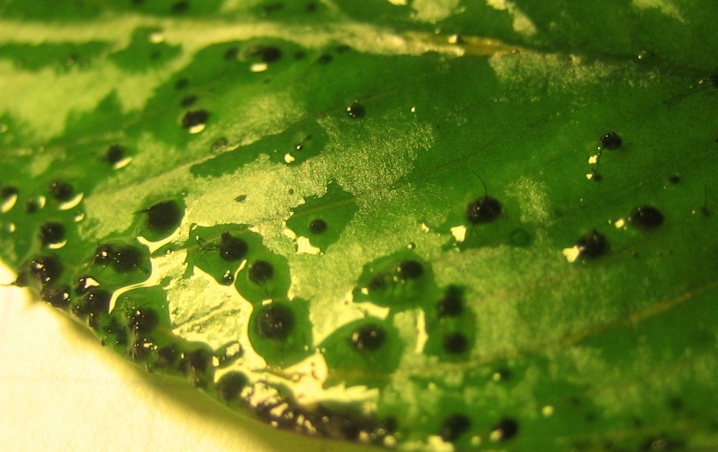
- Whitefly. Small light butterfly. Caterpillars, which begin to feed on foliage and stems immediately after birth, are especially dangerous. They especially love young seedlings. It is not difficult to find a pest: you just need to shake the bush, and a whole cloud of tiny insects will instantly fly out of it.

- Aphid. This is probably the most popular pest, and not only of pepper, but in general of all garden crops. Aphids completely eat the foliage, leaving only streaks. You can recognize it by the twisted plates and the abundance of sticky marks.

In addition, ants will crawl nearby.
- Spider mite. A small insect with a short proboscis, with which it feeds. The result of the tick's labors is gnawed leaves with small holes. In addition, cobwebs will braid the foliage.
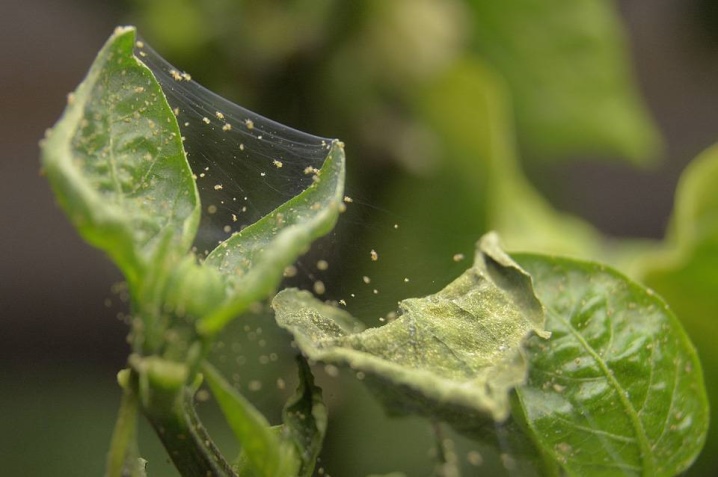
- Scoop. It is a small butterfly flying at night. Its larvae parasitize the pepper, they strongly eat the edges of the leaf plates. It is easy to identify the scoop caterpillars: they are green, with a longitudinal light green stripe on the back.

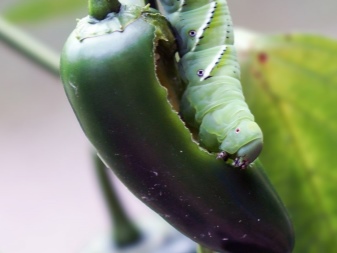
- Colorado beetle. This pest is recognized unmistakably by its light color with dark stripes. The foliage will be eaten by both adults and larvae. You can recognize the larvae of the Colorado potato beetle by their characteristic pinkish color.
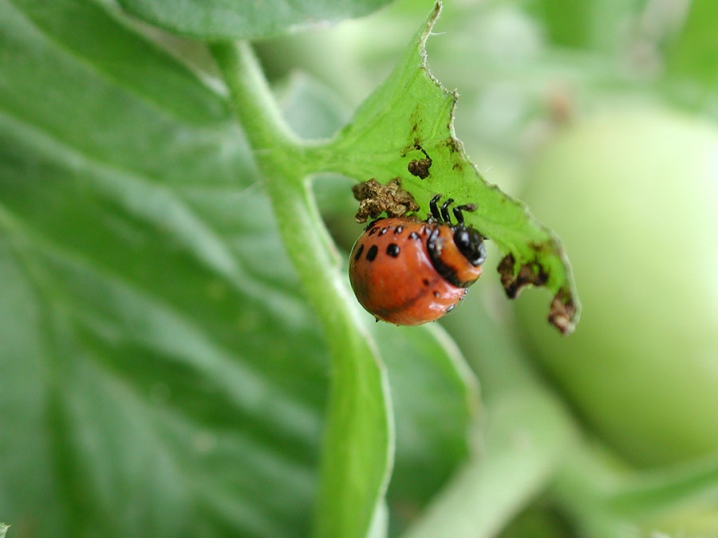
- Medvedka. A terrifying huge insect that parasitizes underground. Medvedka is a real mole among insects: it digs long passages, moving from plant to plant. It eats roots, and when it hits the surface, it bites down on the stem.
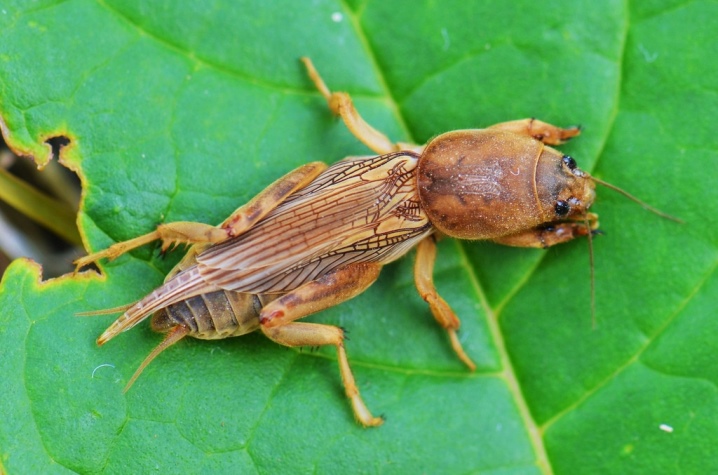
Control methods
If eaten leaves appear on the pepper in the greenhouse, something needs to be done urgently. The first step is to determine the type of pest. Only after realizing what kind of creature is causing damage, you can begin to fight with it.
For example, you can get rid of slugs without chemistry. They are searched for during the day in secluded places and collected by hand. And also places of accumulation of parasites can be spilled with pitch. Another great measure is scattering lime between the bushes. She will burn the delicate body, and the insect will die. You can also harm him with coniferous needles used as mulch.
At the initial stage, the scabbard is also freely removed manually. Onion tincture will also be an excellent technique against them. You need to take a large onion and cut into small pieces. Then immerse the product in a glass of water. After a few hours, the mixture is filtered and the bushes are sprayed with it. This is the cheapest way available to everyone.
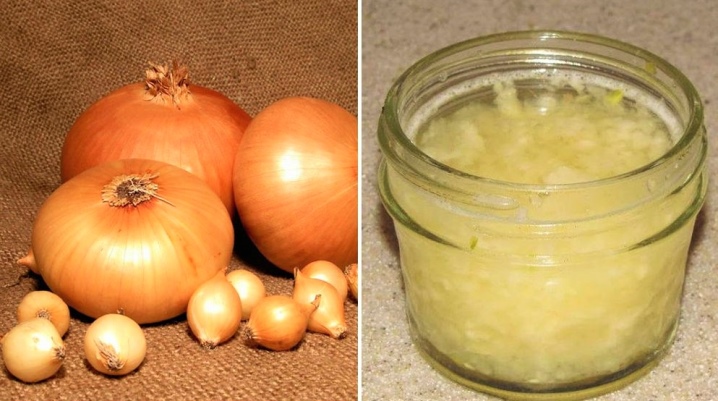
As for whiteflies, their caterpillars are easy to wash off with water, but the pressure must be strong. Next, wipe the foliage with a mild soapy solution. You can also use garlic, for this, half a liter is poured into the chopped head and left for 7 days.

Dilute the concentrate with water before spraying.
Launching ladybirds in greenhouses will help to cope with aphids. In addition, a mixture of ash and tobacco gives good results (a glass of each product in a bucket of hot water). A day later, a little soap is added there and the bushes are sprayed with the product. Carrying out the fight against aphids, one must also take care of the destruction of ants on the site.
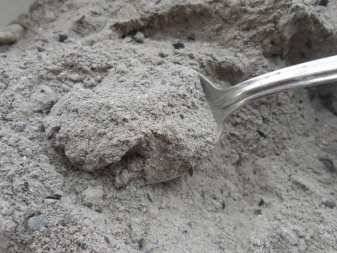
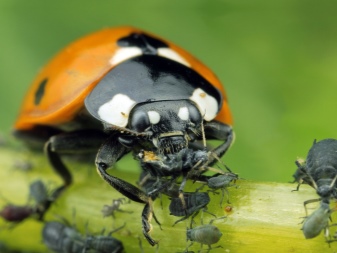
Tobacco will also help kill spider mites. You need to take 0.4 kg of this product, pour a bucket of water, leave for 24 hours. Then keep on fire for 120 minutes, add laundry soap and dilute again in 10 liters. And also kerosene can be used in the fight against insects.
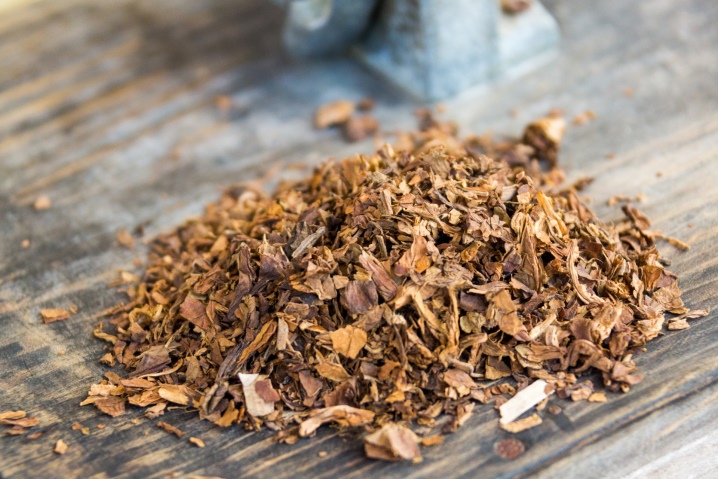
It is recommended to collect the scoop by hand. In addition, gardeners often use homemade traps with sweet mixtures, where insects flock at night.
If Colorado beetles came to the pepper bushes, then they are first collected independently. Then the pepper can be sprayed with a wormwood solution. It is necessary to take 0.2 kg of this herb, as well as a glass of wood ash, insist a couple of hours in a bucket of boiling water. Strain and use as directed.
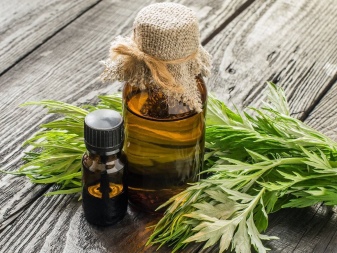
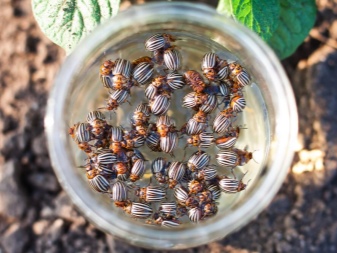
Light traps with kerosene are installed in greenhouses to fight against bears. And also the larvae can be found on their own in the upper layers of the soil. The passages along which the parasite crawls are spilled with warm soapy water (0.2 kg of soap per bucket of water).

Important: it is necessary to resort to the use of insecticides only in extreme cases, when traditional methods have proved to be useless.
Prevention measures
The following rules will help prevent the appearance of leaf-eating parasites:
-
disinfect the soil before planting and monitor the quality of the seeds;
-
even before disembarking, fumigate the greenhouse with a smoke bomb;
-
dig up the soil in the fall - larvae and eggs may remain there;
-
maintain the correct temperature regime, do not forget about humidity;
-
increase immunity by feeding;
-
open the greenhouse doors for ventilation every day;
-
carry out preventive treatments with biological products.
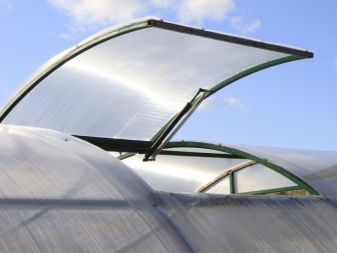


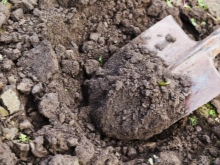
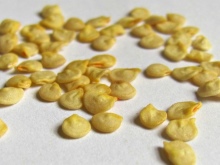













The comment was sent successfully.